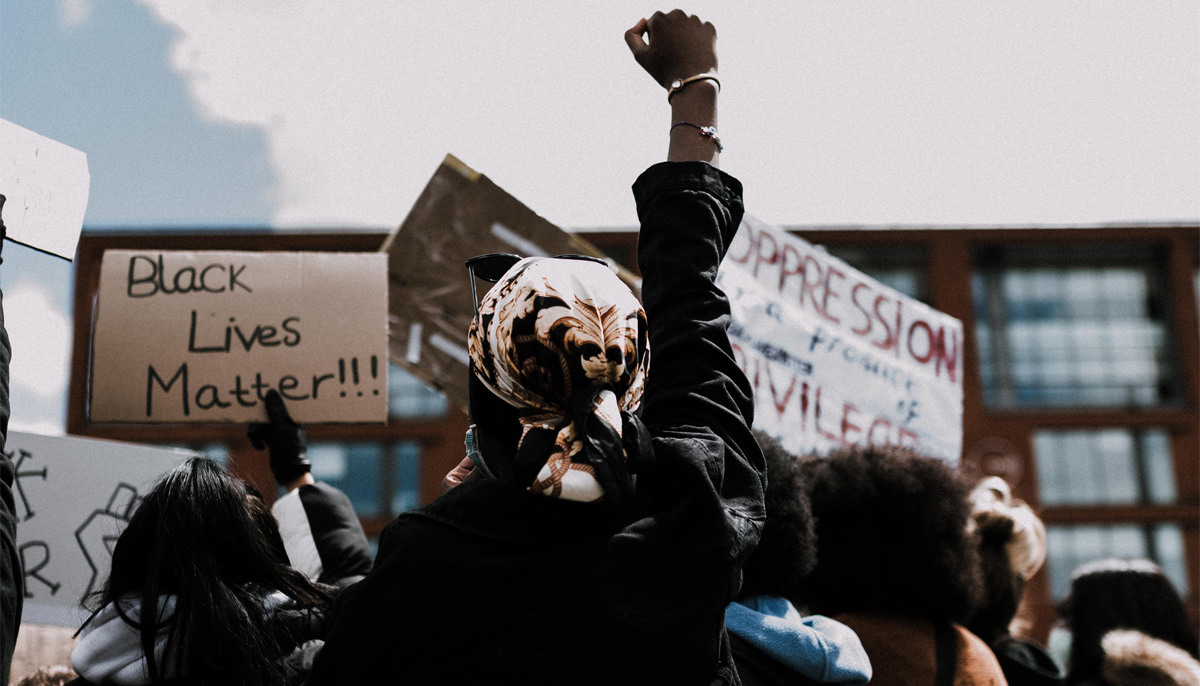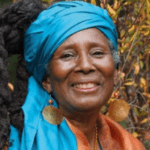Everyone, no matter how privileged, has moments when their world falls apart. Fear, despair, and grief can overwhelm us as we struggle with debilitating illness, economic insecurity, or the death of a beloved spouse or child. If we are members of a marginalized group, we may find ourselves or our kin the random—or not so random—targets of violence. And some of us have experienced deep betrayals at the hands of a partner, close friend, or spiritual teacher.
What can we do when our world, our community, and our hearts are broken? How do we handle the reactivation of intergenerational trauma, when our physical safety, emotional well-being, and mental health are shattered by simultaneously occurring global health crises, pandemics of violence, and seriously escalating environmental disasters?
I believe this story exemplifies the power of collective healing practices.
I believe we begin by recognizing and accepting the depth of our experiences. Our initial shock, withdrawal, and numbness may be our bodies’ way of protecting us. We may choose to pause, or to reach out to an experienced counselor or circle of friends. After the initial shock, the practice of RAIN, which asks us to 1) recognize 2) allow 3) investigate and 4) non-identify/nurture, is a good way to investigate states that provoke emotional destabilization.
In the Parable of the Mustard Seed, Kisa Gotami approaches the Buddha and asks him to bring her dead child back to life. The Buddha doesn’t simply tell her life is impermanent. Instead, he sends her on a journey, asking her to gather a mustard seed from every house that has never known death.
I imagine—although the suttas don’t state this—that when she visited some households, people wept for the loss of those who had died, and she joined them. Even though grief and lamentation are viewed as dukkha, suffering, the Buddha gave Kisa time to grieve and lament with others. Once that occurred, she could relinquish her overwhelming grief.
I believe this story exemplifies the power of collective healing practices, especially in times of profound individual loss and great social trauma. For some of us, the candlelight vigils, community protests, and creative artistic collaborations that emerged alongside the Black Lives Matter movement provided deep refuge in times of great suffering. My own contemplation of the numerous altars, murals, and music videos created over the last few years has provided a welcome antidote to the brutal images of Black death and unworthiness.
While not every protest is a spiritual event, community efforts that honor the dead and affirm the preciousness of every sentient life-form are powerful sites for healing and transformation. I believe that embodied ritual practices, including chanting, prayers, testimony, and crying, were part of the great Buddhist teacher and peace activist Maha Gosananda’s walks across Cambodia, leading people home who had lost everything except their lives during decades of war. I know from my own experience that embodied communal practices supported our bodies-minds-hearts during the 1960s Civil Rights struggles in the United States, encouraging us to peacefully resist violence and commit to the ending of social injustice.
One of my students shared recently that as their participation in protest rallies decreased, their despair about the state of the world increased. While activism without compassion, self-reflection, and ethical guidance can create situations of great harm, let’s acknowledge the power of activist sanghas to transform, heal, and mend our brokenness.

